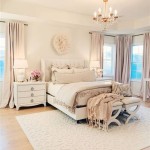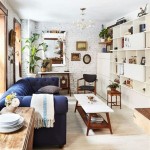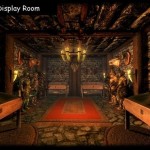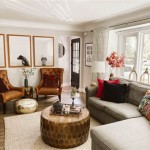Decorative Building Features: Defining Architectural Character
Decorative building features play a crucial role in shaping the visual appeal and architectural character of structures. These elements transcend mere ornamentation, serving as integral parts of a building's design and narrative. By incorporating decorative features, architects and designers can enhance the aesthetic value of their creations, communicate cultural and historical messages, and evoke emotions in viewers.
Moldings and Cornices: Moldings are architectural details that add depth and definition to walls, ceilings, and corners. Cornices are horizontal moldings that crown the tops of buildings or rooms. These elements create visual interest and break up monotonous surfaces.
Wrought Ironwork: Intricate wrought ironwork is commonly used in railings, balconies, gates, and fences. It combines strength with aesthetics, providing both functionality and decorative appeal. Wrought ironwork can add a touch of elegance or rustic charm to a building.
Masonry and Brickwork: Decorative masonry and brickwork patterns can enhance the facade of a building. From intricate stone carvings to exposed brick walls, these techniques add texture, color, and visual appeal. They also contribute to the durability and longevity of the structure.
Stained Glass and Mosaics: Stained glass windows and mosaics introduce vibrant colors and intricate designs into interior spaces. They can depict religious scenes, historical events, or abstract motifs, adding a touch of artistry and cultural significance to buildings.
Sculptures and Reliefs: Architectural sculptures and reliefs can add a sense of grandeur and narrative to a building's exterior or interior. They may depict human figures, animals, mythical creatures, or abstract forms, enriching the visual experience of the viewer.
Roofing and Finials: Decorative roofing materials, such as slate or copper, can elevate the appearance of a building. Finials, which are ornamental features placed atop towers or gables, add a touch of elegance and verticality to the structure.
By incorporating these decorative building features into their designs, architects and designers can transform ordinary structures into architectural masterpieces. These elements enhance the visual appeal of our built environment, contribute to our cultural heritage, and continue to inspire architects and homeowners alike.

Ha Of The Side A Building Has Decorative Features Backgrounds Psd Free Pikbest

Cornice Wikipedia

This Building Features A Number Of Decorative Cornice Is Molding Featured On T Architectural Elements Mouldings Architecture

Features Of Japanese Architecture Nachi No Sankai

Architectural Decorative Treillage French Architecture Features Red Brick Wall

Self Guided Walking Tour Choose Marshall

Bauh S House Of Memory Has A Yellow Spiral Staircase

The Helpful Art Teacher Types Of Architecture American Fashion

Metal Steel Texture Color Ceiling Panel For Decorative Building Structures Backgrounds Psd Free Pikbest

The Top 10 Secrets Of American Radiator Building In Midtown Nyc Page 9 Untapped New York







